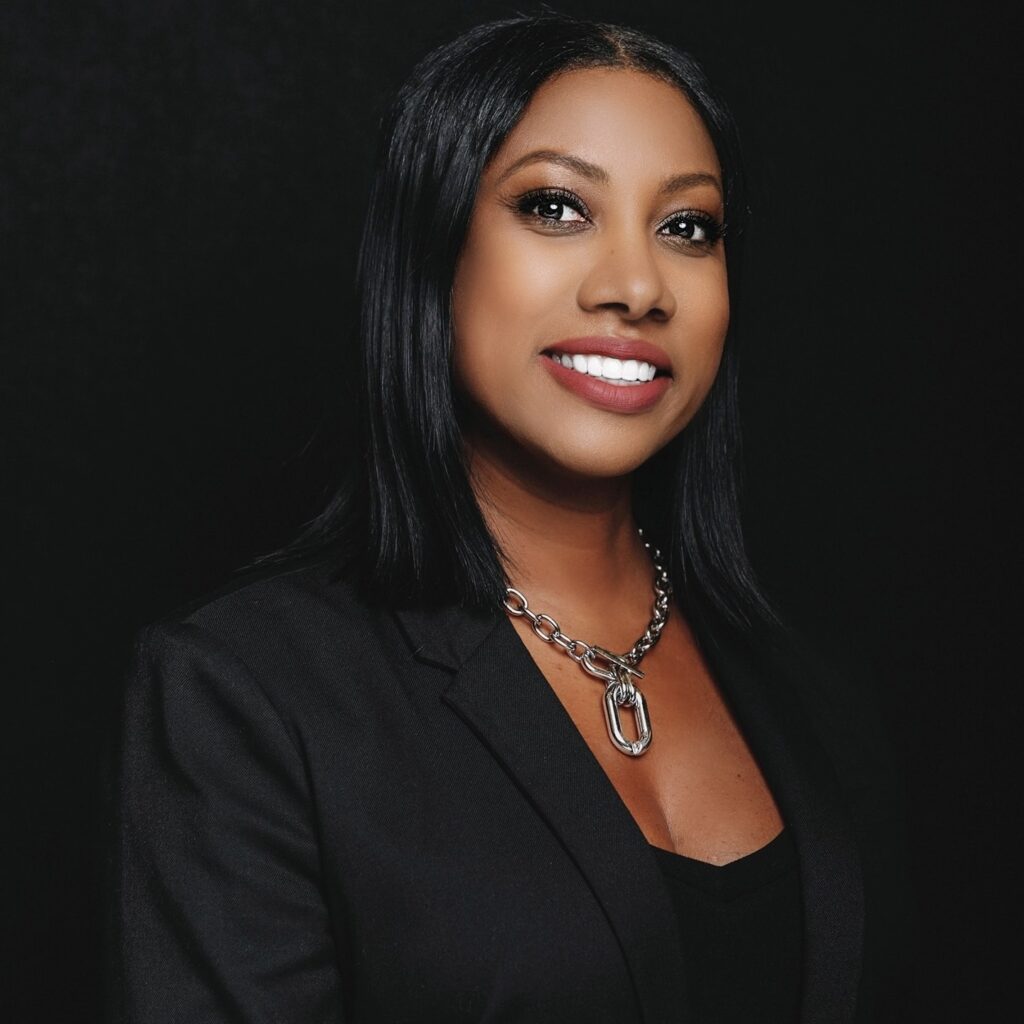Can you share your journey and experience as a woman in the hospitality industry? What challenges have you faced, and how have you overcome them?

I have been in the hospitality industry for over 25 years, with most of that time spent in positions of leadership. There are always challenges, but I feel like communication with my teams has always yielded positive work environments. In the past, when I was faced with challenges in the workplace (i.e., micro-aggressions or feelings of isolation), I understood that the treatment and behavior was not isolated to me, and it became my mission to work through it for the greater good of the company. I then strived to understand the culture and be a part of the change that was needed.
International Women’s Month is a time to celebrate achievements. Can you highlight a particular success or accomplishment during your time with Parkhurst that you are especially proud of? How did you navigate the path to success?
I am appreciative to have joined Parkhurst Dining during the COVID-19 pandemic and to be a part of the successful sales seasons that have followed. In a turbulent time, the company navigated the client requests and new client processes seamlessly. It makes me extremely proud to be a part of a company that puts people first.
In the context of gender diversity and inclusion, what steps do you believe businesses can take to create more supportive environments for women in leadership roles?
Creating a more supportive environment for women in leadership roles involves a combination of targeted initiatives, policy changes, and cultural shifts.
Pairing women leaders with mentors or sponsors who can provide guidance, support, and opportunities for career advancement is a critical path. Regularly reviewing and addressing any gender pay gaps within the organization to ensure that women are being compensated fairly for their work. Leading by example, demonstrating a commitment to gender diversity and inclusion from the top down, with visible support and advocacy from senior leadership, is a pivotal approach.
As a woman in a leadership position, have you observed changes or shifts in the perception of women in business over the course of your career? How do you think the narrative around women in leadership roles has evolved?
I believe that there has been a large shift in the perception of women leaders in the last ten years. As a country, we have elected the first woman Vice President of the United States, who also happens to be a woman of color. This is evidence of how some views have dramatically changed. This is a time in history when we see more women in leadership roles and positions of influence than ever before. My only hope is that this momentum continues.




